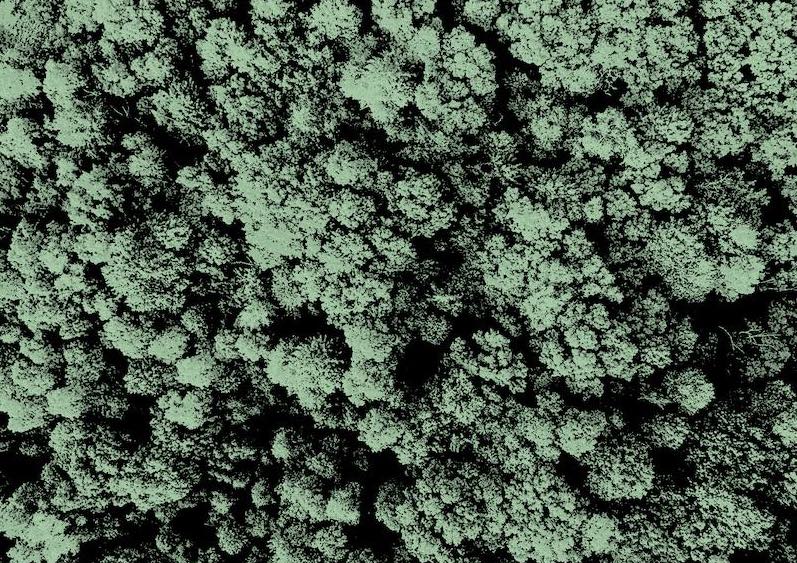What is it about?
A quality control procedure has been applied to a large database of 15,857,892 daily rainfall measurements from 1,947 stations of three meteorological networks (Spanish Meteorological Agency, Agroclimatic Information Network of Andalusia and Phytosanitary Information Alert Network) operating in the semiarid region of Andalusia (Southern Spain), from 1870 to the present. This work has implemented a comprehensive spatial quality control procedure which consists of three consecutive steps: basic, absolute and relative quality control processes. The latter step compares data from neighbour stations taking into account their proximity, height difference and correlation, leading to a complete evaluation of each daily value. Finally, the quality of each year at each station can be declared as acceptable, good or excellent. Despite the limitations of Andalusia region (low density of stations and its structural water deficit), the complete quality control procedure has been satisfactorily applied.
Featured Image

Photo by Johnny McClung on Unsplash
Why is it important?
The availability of quality precipitation records in the current climate situation is of great importance in the scientific-technical field but also for the public institutions that manage the meteorological networks. Quality assurance of precipitation data is crucial for the reliability of applications and models that use them as input variables, as well as for an adequate representativeness of the statistics derived from the raw time series.
Read the Original
This page is a summary of: A quality control procedure for long-term series of daily precipitation data in a semiarid environment, Theoretical and Applied Climatology, May 2022, Springer Science + Business Media,
DOI: 10.1007/s00704-022-04089-2.
You can read the full text:
Resources
Graphical abstract
Graphical abstract
Analysis of the last two centuries of rainfall records in Andalusia for the detection of possible changes caused by global warming
As a result of a collaboration with researchers from the University of Córdoba, M. Carmen Casas and Raúl Rodríguez have evaluated the quality of the rainfall data of Andalusia available since 1870, long before the first modern meteorological stations were put into operation, and have analyzed the different rainfall patterns in the region in pursuit of the detection of possible changes caused by global warming
Temporal evolution of the Andalusian pluviometric network since 1850 to the present and simple scaling analysis of its registers
Figure of the Press Release
Contributors
The following have contributed to this page







